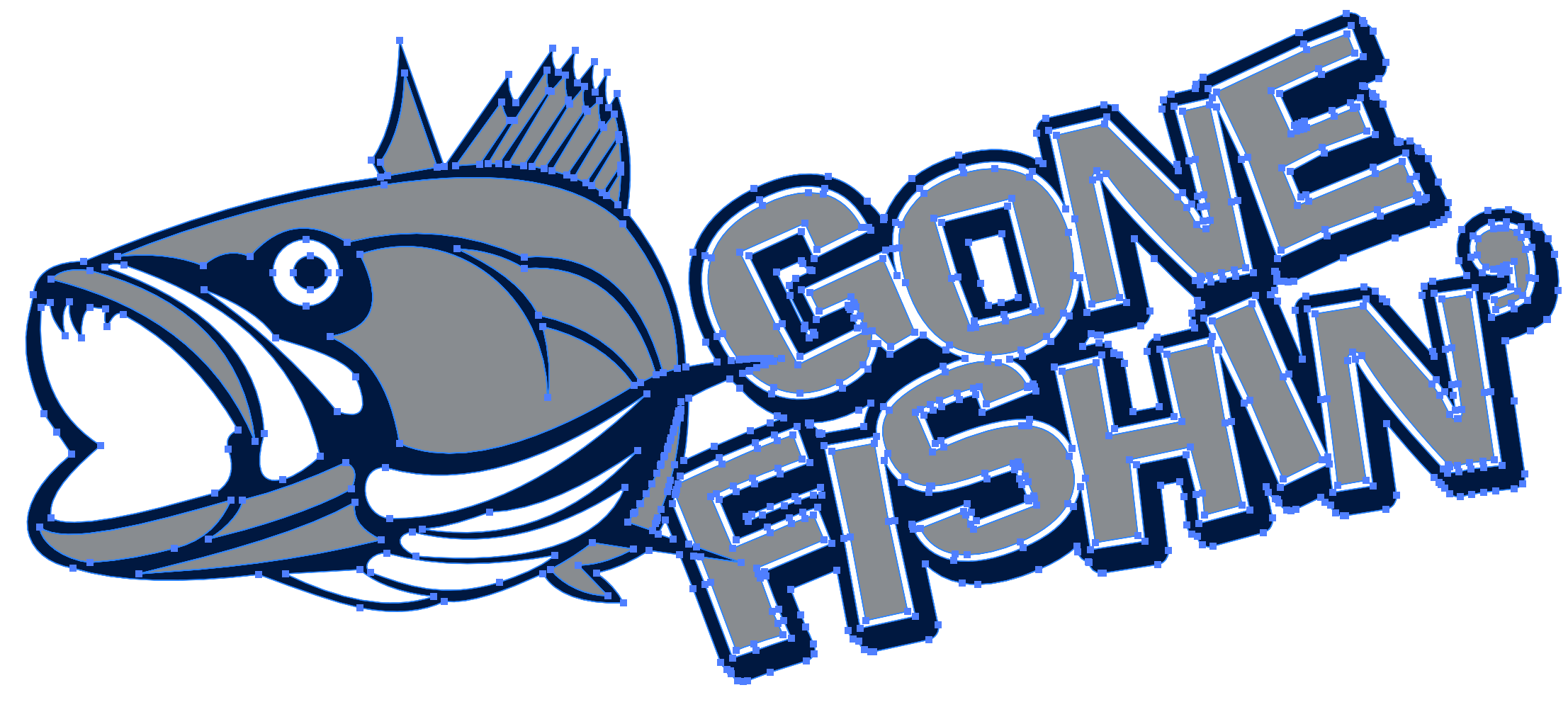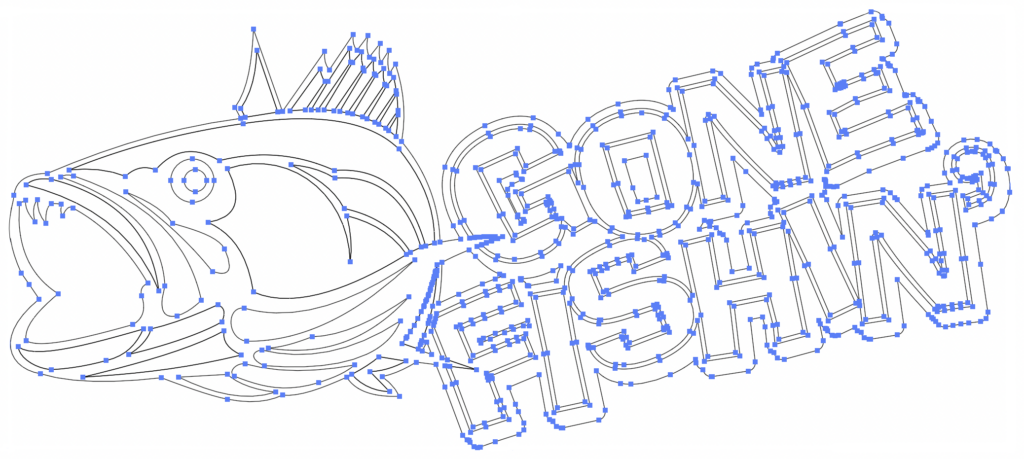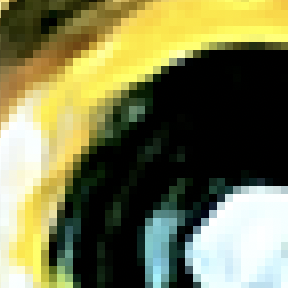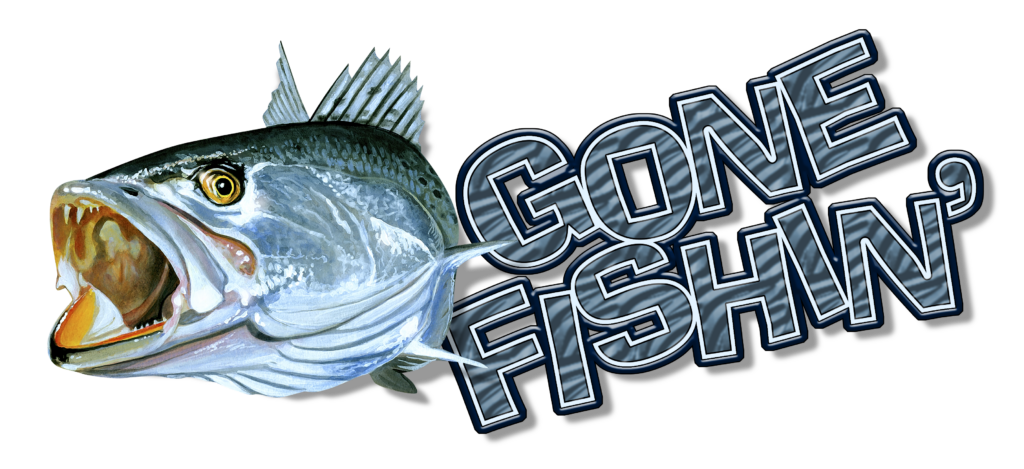When it comes to designing, there are two main types of artwork — vector and raster.
Vector
Vector artwork is made up of lines and shapes created with points and paths. This type of artwork can be enlarged or reduced without any loss of quality.
Raster
Raster artwork is made up of small dots or pixels that create a continuous tonal image such as a photograph. This type of artwork cannot be enlarged without loss of quality. If it is enlarged too much it can become blurry and pixelated.
Common file formats
Regardless of whether you create a raster or a vector image, there are tons of file formats out there, and each process and even production device requires its own specific file format in order to produce the job correctly. Sometimes it can be confusing, so here’s a rundown of some of the more common file formats and how they are used.
Vector
Vector files can be used for all types of production methods including screen printing, DTG, dye sublimation, and more. However, your particular RIP software and printing device may require a specific format, so check your manual or with your printer manufacturer. One production method that can only use vector file formats is vinyl cutting. The cutter reads the points and paths of the design to know where to cut so raster files won’t work. Just check to see which type of vector file your cutter requires in order to read the file correctly.
Vector file formats include, but are not limited to AI (Adobe Illustrator), CDR (CorelDRAW), PDF (Portable Document Format), and EPS (Encapsulated Postscript). Both the AI and CDR files are native files to those programs, however, AI files are industry recognized and can be recognized by most software and production equipment.
EPS and PDF formatted files can be saved out of both vector and raster programs. When saved out of a vector program like Illustrator or CorelDRAW, the file will retain its vector characteristics. However, if it is saved out of a raster program like Photoshop, it will be a raster image.
Another thing to keep in mind is that raster images can be imported or placed into vector programs. When the file is saved, it still doesn’t make the image a vector image even though it may be saved as an AI or CDR file. Many times we have received Illustrator files but when we open the file to work with it we find out the actual image is a raster image and will either need to recreate it, or go back to the customer and see if they have an original vector file that we can use.
Raster
PSD (Photoshop), JPEG (Joint Photographic Experts Group), TIFF (Tagged Image File Format), and PNG (Portable Network Graphics) files are some of the more common raster file types. They can all be saved out of both vector and raster software programs but will always be saved as a raster image regardless of what program it was saved from. Even if you create a vector image and save it out of the software as one of these file formats, the paths and points will be eliminated, and the image will change into a series of pixels recreating the image (see below).
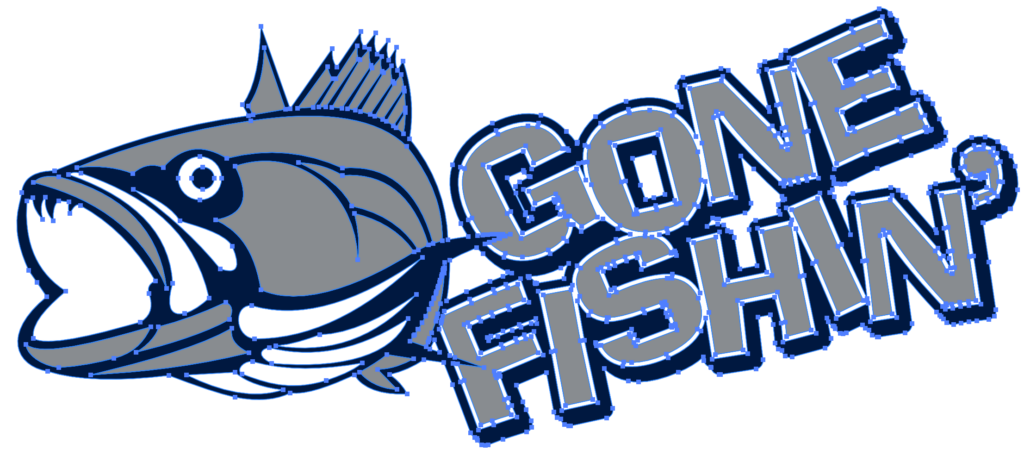
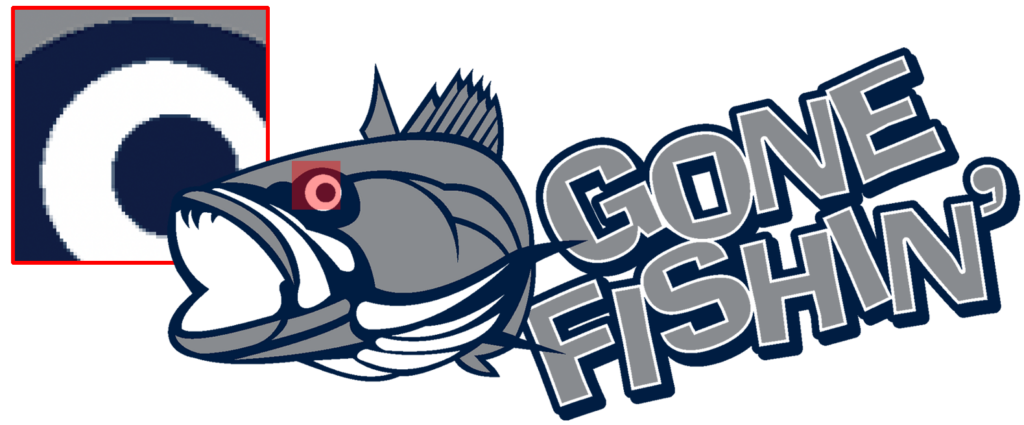
PNG files are a great format to use when possible. They retain quality but are smaller in file size, plus they can be saved on a transparent background which is essential for most production formats to prevent any background color from printing.
The JPEG format has been around for a long time, used primarily by digital cameras, because of its small file size. However, this particular format is a “lossy” compression format. When files are saved as JPEGs, digital information is lost to help create a smaller file size. The loss of information can be seen as pixelization in your image and can be picked up in your final output creating an inferior end result. Each time a JPEG file is opened and closed the quality is reduced. While high-resolution JPEG files may be OK to work with, in general, because of the quality loss, we do not recommend working with them for final art files.
ZIP
ZIP files are used to transport files. They compress the original art files reducing the file size and protect them during transport either through email or a download link. When you receive a ZIP file, it must be “unzipped” or decompressed to access the original art file. So often we get calls from customers saying the files they downloaded aren’t working, only to find out they did not unzip the file, and they are trying to open the ZIP file in their software program.
In general, file formats are pretty straightforward and can usually be taken at face value as to whether the artwork will be a vector image or a raster image. Just be aware that there are instances when what you might think is a vector file, may turn out to be a raster image inside.
